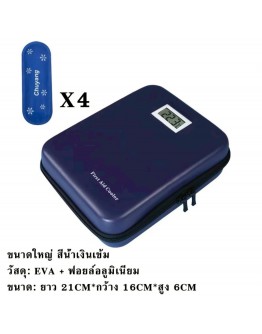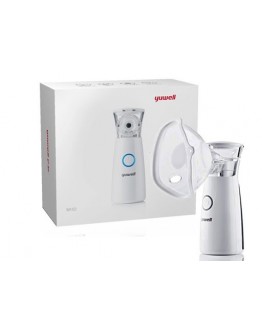First Aid Treatment for Jellyfish Stings
Jellyfish stings leave a distinctive print of tentacles leaving narrow trail marks. Jellyfish have tentacles with thousands of stinging cells called nematocysts. They fire toxins when you bump or brush against them.
These stings cause skin irritation, pain, blisters, and skin necrosis or cell death. People who've been stung may have weakness, fever, chills, muscle spasms, nausea, and vomiting. In rare cases, some types of jellyfishcan cause paralysis and death
Skin irritation from Jellyfish
How to manage Jellyfish sting ?
1. Wash the tentacles and venom off the affected area of your body with seawater. Don’t use freshwater.
2. Using tweezers or gloved hands, remove any tentacles you see in your skin.
3. Apply vinegar to the affected area to stop any more firings of nematocysts. (You shouldn’t use vinegar for Portuguese man-of-war stings, though. It can cause more venom to be released from the nematocysts.)
4. To help reduce the pain, you can put calamine lotion or Steroid cream on a jellyfish sting.
5. If you seek medical care, your healthcare provider may treat more serious jellyfish stings with medication. Medications your healthcare provider may use include:
Pain relievers: Pain relievers can help reduce your pain.
Antihistamines: Antihistamines can help reduce itching and rash.
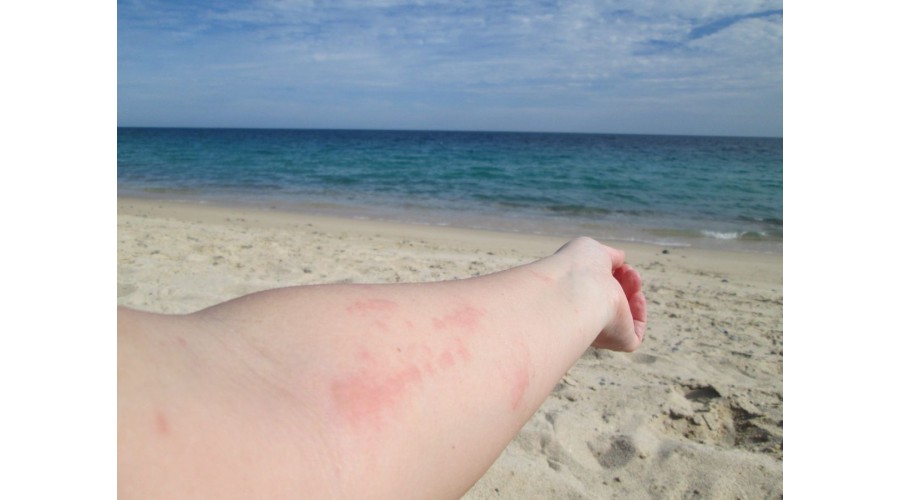
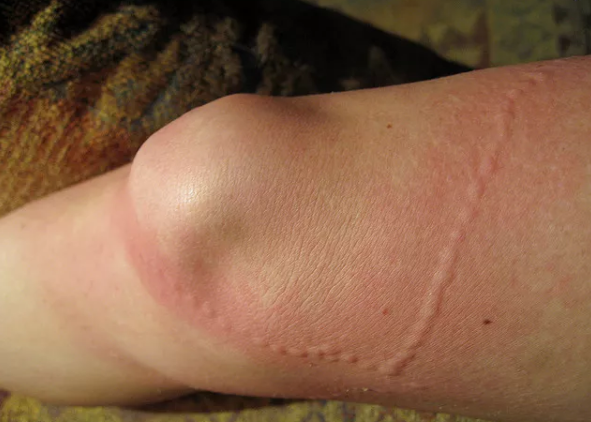
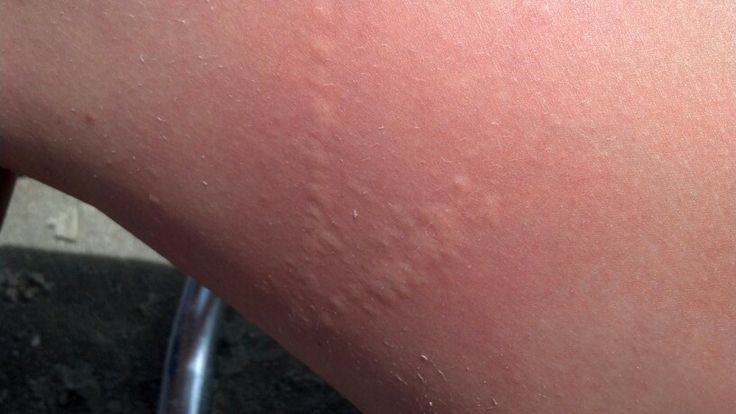
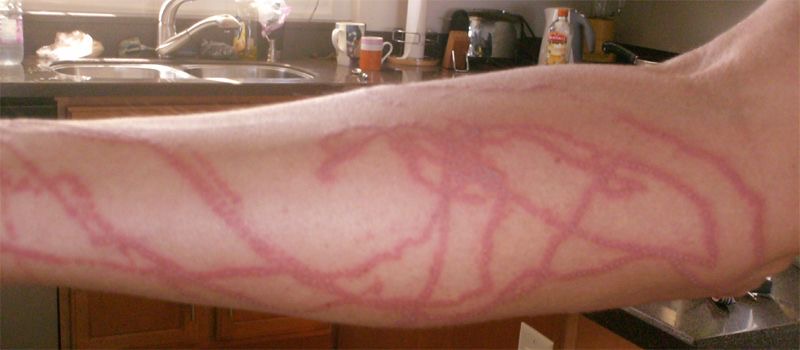
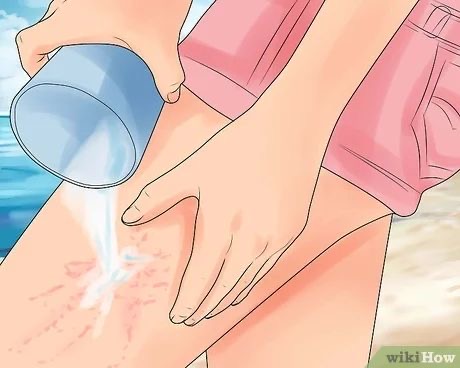


.png)
.png)
.png)






-250x400.png)
-250x400.png)


-250x400.png)
-250x400.png)
-250x400.png)

-250x400.png)
-250x400.png)



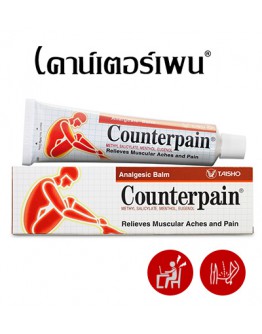


-262x334.jpg)
